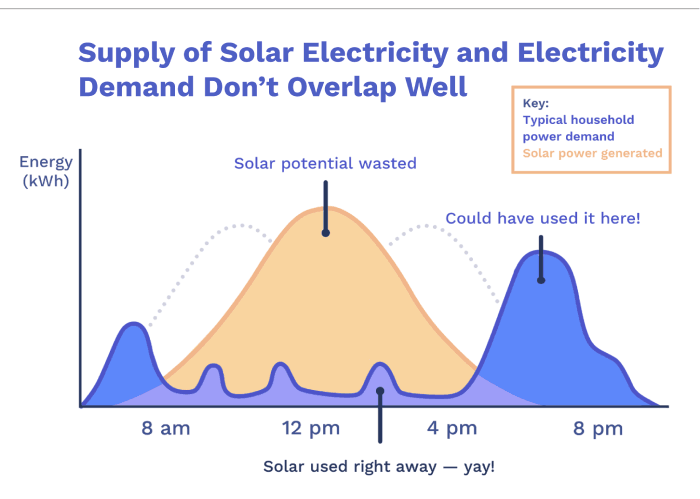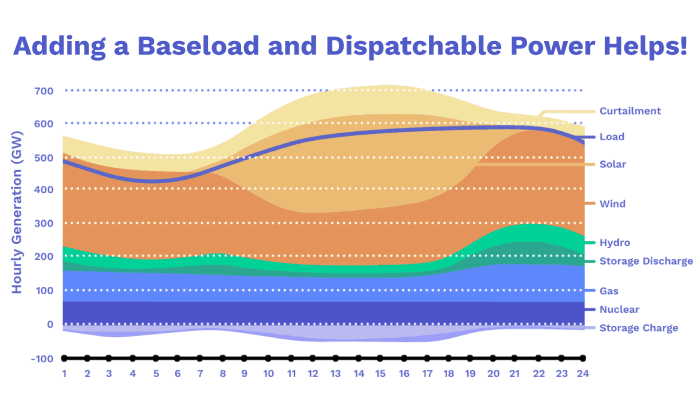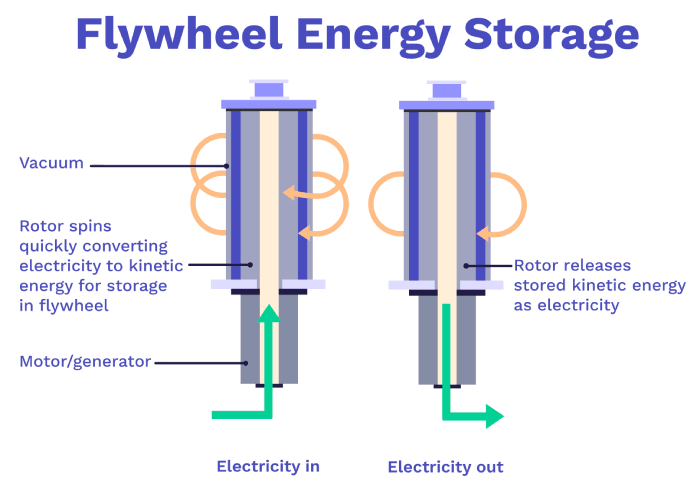100% Renewables: Is Massive-Scale Energy Storage for Renewable Energy Possible?
12 minute read
Updated on: 03 Mar 2021
By now you are probably sick of reading ‘the sun doesn’t always shine and the wind doesn’t always blow’. We are too. But, sadly, that’s a real problem.
Storing energy is a difficult task. It’s so difficult, that the electric grid is designed such that electricity is consumed the instant it is produced. Think of it like this: when someone turns on a lamp, a power plant somewhere increases its output slightly.
Energy storage - why and how?
To get a rough idea, we can categorize energy storage into three timescales:
- Level 1 - Seconds-minutes: Helps when a cloud temporarily shadows a solar farm or when electricity demand peaks unexpectedly. You might see terms like ‘load balancing’ to describe this.
- Level 2: - Hours-days: This form of energy storage allows us to generate electricity when it’s sunny or windy and use it whenever we want to, for example at night. Energy storage at this level is often called ‘bulk storage’.
- Level 3: - Weeks-months: Energy storage at this level works with seasons so that maximum electricity is generated during the summer, and stored for the winter. This is important because in winter the sun doesn’t shine as much (unless you are near the equator).
There is a clear pattern in what attributes each type of storage system should have:
Level 1 storage (easy)
The circle shows the type of (often unexpected) ups and downs that the level 1 storage has to deal with. Level 1 storage can already be done with various types of batteries.
Today’s batteries are fantastic sprinters, but we need a marathon runner for level 2 and 3 storage. In particular, we require:
- High scalability (availability of materials and space)
- Low cost at scale
- The ability to hold charge for long enough
Level 2 storage (this is hard)

Why we need Storage across hours
Solar panels produce most electricity during the day, but household demand peaks in the evening. Level 2 storage would help us store electricity produced at noon (when the sun is out) for use in the evening.
With some baseload zero-carbon electricity from nuclear, we wouldn’t need as much storage because the lowest points of the curve would be nudged up.
Moreover, by using controllable electricity sources like hydropower and natural gas (a fossil fuel) during peak electricity demand, we might get to 90% clean electricity plus 10% gas, with relatively small amounts of storage needs.

Why baseload and dispatchable power help
Level 3 storage (harder)
The appropriate amount of seasonal storage depends on where you are on Earth. In general, the farther you are from the equator, the larger the difference in incoming sunshine between the summer and winter months. This affects how much solar energy we can harvest.
Solving level 2 and level 3?
Let’s look at some of the alternatives to batteries and hydrogen. (Remember that charging means putting energy in and discharging means getting energy out.)
- Pumped Hydro: Charge by pumping water up a hill. Store it in a reservoir. Discharge by letting it flow down to spin a turbine.
- Flow Batteries: Like normal batteries, but the cathode and anode are liquids
.
- Thermal Storage: Big refrigerator. Charge by using electricity to heat one substance and cool another. Discharge by using the temperature difference to spin a turbine
.
- Liquid Air: Charge by cooling and compressing air until it becomes a liquid. Store that in a tank. Discharge by letting it turn back into a gas and spin a turbine.
- Compressed Air: Charge by compressing air. Store it underground. Discharge by decompressing and letting it spin a turbine
.
- Flywheels: Charge by spinning a big rotor really fast. Discharge by converting rotational energy to heat or electricity
.
We will briefly discuss how each of these works before reaching a conclusion.
1: Pumped hydro
97% of electricity storage today is through pumped hydro. In well-suited locations, pumped hydro is relatively cheap and can facilitate long-term storage
.
Pumped storage is different from hydropower, as hydropower works by having a river fill a reservoir - here we just store energy and don’t need a river.
But like hydropower, pumped hydro has its issues. Many countries don’t have enough mountains to build pumped hydro storage (remember that pumped hydro requires water to be pumped up a hill). Where we can build it, large areas of land need to be flooded
and there is evidence that this causes significant methane (CH₄) emissions
.
Still, pumped hydro should be used where environmentally acceptable. In the end, we have to weigh these downsides against the alternative: burning coal and gas.
2: Flow batteries - liquid battery tanks
Flow batteries use liquid anodes and cathodes. Although they are made from different materials than Lithium-Ion batteries (normal batteries), the principle is similar:
- Charge by pushing electrons from the cathode to the anode.
- Discharge by letting the electrons flow back through a circuit.
Flow batteries present some advantages over normal batteries:
- Storage capacity (tank size) and power (electrode surface area) are independent from each other
. Need more storage? Make the tank bigger. Need more power? Increase the size of the area where anode and cathode meet.
- Potentially longer lifetime
.
3: Thermal storage
We can use electricity to heat things up with nearly 100% efficiency. This heat can be stored for a few hours
and then converted back to electricity using a turbine
.
A potentially more efficient way to do thermal storage is what your refrigerator does. It uses electricity to cool one thing and heat another. The device that does this - in your fridge and in the proposed storage technology - is called a heat pump.
Here, the cold is stored in a liquid and the warmth is stored in molten salt. You might remember ‘molten salt’ from the chapter on nuclear energy!
The ‘reverse’ of a heat pump is a heat engine. Heat engines can turn a temperature difference into electricity. This ‘temperature difference’ is simply the temperature of our molten salt minus the temperature of the cold liquid.
4: Compressed Air - cheap and environmentally friendly?
In this form of energy storage, air is stored underground at a high pressure and can later be released to spin a turbine.
This method requires large underground reservoirs that don’t leak.. Not every hole in the ground can do this
. Theoretically, there are many suitable regions
, but it’s not clear if the technology can scale as far as level 2 or 3 would require
.
Only two plants have been built so far, even though people have been working on this since 1940.
5: Liquid air
To liquidize air, it needs to be compressed and cooled. The liquid air is kept in a storage tank. To get the energy back out of the system, some of the liquid air is evaporated.
Gaseous air fills more space than liquid air. When we let the liquid evaporate, we can use the expanding air movement to spin a turbine that generates electricity.
6: Flywheels - spin, spin, spin

Flywheel energy storage
We can store energy by spinning a rotor (called a ‘flywheel’) at very high speeds in a vacuum.











